Table of Contents
Peanut shells can be composted under optimal conditions and with proper preparation. Due to their fibrous nature, peanut shells can absorb excess moisture in an overly wet compost pile. Carbon from these shells serves as an energy source for composting microorganisms. These shells are an excellent addition to any compost system.

If a home compost isn’t available, consider other sustainable options instead of sending them to landfills. You can direct your peanut shells to composting facilities or use them for your garden as mulch as they improve moisture retention and texture in your garden soil.
Some composters are concerned about the growth of fungus — particularly the spread of southern blight — from applying peanut shells to the soil and the possibility of attracting pests. Learn more about this and other concerns as we explore the nuances of composting peanut shells below.
How to Compost Peanut Shells
Pulverizing or crushing peanut shells can help accelerate their decomposition. When you prepare these organic materials correctly, you can produce high-quality compost. Treat peanut shells — including the hulls — as carbon-rich ingredients, and balance them with other materials.
Preparing Peanut Shells for Composting
Before adding peanut shells to your compost pile, correct preparation is necessary to avoid potential issues.
Lay out your peanut shells and look for any unusual white or dark spots. Discolored or soft peanut shells can indicate they are infected with certain diseases. If you find any of these shells, separate and dispose of them to safeguard your compost pile.
Commercially purchased peanuts rarely have disease because companies remove infected peanuts before they reach the stores. Omit nut residues from the shells to prevent pest problems.
After inspection, soak your compostable peanut shells in water. This step is necessary as moisture will soften the hard shells and hulls of peanuts, salted or not. Leave your peanut shells in the water for 12 to 16 hours. If you’re dealing with salted peanut shells, make sure to rinse them thoroughly after soaking to get rid of excess salt as this can harm the microorganisms that aid composting.
Once you’ve drained your peanut shells, you need to crush them. You can use a simple mortar and pestle, or if you have a food processor, you can use it to grind them in batches. The smaller the peanut shells, the faster they will decompose.
To ensure a nutrient-rich compost, combine your crushed and moist peanut shells with other compost materials.
Optimal Composting Conditions for Peanut Shells
Peanut shells decompose faster in a pile with appropriate air circulation, balanced moisture, and correct carbon-to-nitrogen ratio.
To compost, layer your materials and stick to the ideal ratio of 25 to 30 parts carbon to every 1 part of nitrogen. Other food scraps like fruit and vegetable wastes are common green materials. These organic wastes provide your compost bin or pile with nitrogen, a key element for microbial growth. Apart from peanut shells, dead leaves, shredded papers, and untreated sawdust are excellent energy sources for composting microorganisms (due to their carbon content).
Soggy piles with excess water can generate anaerobic decomposition, linked to unpleasant smells. Adding dried and pulverized peanut shells can minimize this issue, but use caution. Too many shells can make your pile dry and slow down decomposition. Balance the pile’s moisture level, and only add water when necessary.
If you opt to hot compost peanut shells, the internal temperature of the pile should be between 90 and 140 degrees Fahrenheit. Regular turning will aerate your organic matter, stimulating heat production from microbial activity. A long-stemmed backyard thermometer can come in handy when monitoring temperature.
How Long Do Peanut Shells Take to Compost?
The size of the peanut shells and the conditions of the pile significantly impact the composting time. Uncrushed peanut shells left outdoors to decompose on their own would typically require between 8 and 24 months.
Cold composting peanut shells takes 9 to 18 months, while hot composting can process these materials faster in about 5 to 10 months.
For either method, you can speed up the decomposition process by crushing or pulverizing your peanut shells. This adjustment could drop the composting time to just 2 to 6 months.
How Peanut Shells Affect the Composting Process
Due to their woodiness, peanut shells can bring balance to overly wet compost piles. Additionally, their carbon content is proven to be beneficial to composting microorganisms, enhancing the overall quality of your compost.
Impact on Decomposition
As mentioned earlier, uncrushed peanut shells take a long time to decompose, which can delay the compost production in the pile. By crushing or pulverizing the shells before adding them to the pile or bin, you can speed up the decomposition process.
Sustaining the optimal compost conditions generates an advantageous environment suitable for beneficial microorganisms.
Microbial Activity
Peanut shells provide carbon, further boosting the pile’s microbial activity. A compost bin should have a healthy community of microorganisms to effectively break down organic materials. Again, avoid adding salted peanut shells because salt can harm these microorganisms.
Temperature and Moisture
Peanut shells introduce air pockets within your compost pile, allowing oxygen to seep through the organic materials. This adequate oxygen supply, combined with consistent microbial activity, helps maintain the high temperatures necessary for hot compost piles.
If you add crushed peanut shells after draining them, they will introduce minimal moisture to the pile. It’s crucial to maintain balanced moisture levels in your compost pile, as dryness can slow down the decomposition of organic materials.
Potential Issues With Composting Peanut Shells
Some composters worry about the spread of fungus, particularly southern blight, when composting peanut shells. Other composting problems might occur due to improper management of your compost heap or incorrect preparation of the peanut shells.
Will Composting Peanut Shells Develop Fungus?
Fungus growth can become a challenge when composting peanut shells. In some parts of the United States, peanut shells — when used as mulch — are associated with the development and growth of blight and other fungal diseases.
However, a properly maintained hot compost pile can effectively kill potential fungal growth.
Peanuts that aren’t treated with fungicides are more likely to develop such issues, but store-bought peanuts are culled of fungi during harvest, so there’s only a small chance it will impact your compost bin or pile.
Will Composting Peanut Shells Attract Pests?
Clean peanut shells do not commonly attract pests, but shells with nut residues can. To prevent this issue, pick out leftover nuts from your compostable shells and dispose of them elsewhere. Animals like rodents can become attracted to nut pieces in your compost heap.
Will Composting Peanut Shells Cause Odors?
Peanut shells shouldn’t cause any odors in a healthy compost pile. Prevent anaerobic decomposition by routinely turning your organic materials and maintaining a balanced moisture content in the pile.
Methods for Composting Peanut Shells
A nutrient-rich soil amendment can come from composting peanut hulls. Explore your options below before starting your home composting system.
Hot Composting
It’s safe to incorporate peanut shells into hot compost piles, ideally hot as 90 to 140 degrees Fahrenheit. This optimal temperature range indicates microbial activity in your compost pile as organic materials break down. Hot composting involves heat produced by these microorganisms to quickly produce compost. Carbon from the crushed shells will positively impact hot piles.
Hot composting may not be for everyone, however, as it requires laborious effort to be successful. Regular temperature checks and constant turning of the piles are crucial to hot composting organic wastes.
Cold Composting
Peanut shells can be safely added to a cold pile. Following a balanced ratio of organic materials — 25 to 30 parts of brown materials to 1 part of green materials — is important to successfully cold compost peanut shells or other organic wastes.
Beginners at composting will love this method as it requires less supervision. Human intervention isn’t needed during the composting process in cold piles. Naturally occurring microbes and other environmental elements will do their job to break down the waste. However, without the intense heat, cold piles yield compost more slowly.
Vermicomposting
If a worm farm is available at home, you may include minimal amounts of peanut shells in their diet. Vermicomposting involves species of worms that consume organic matter, resulting in nutritious worm castings for your garden.
Before adding the salted peanut shells to your worm compost bin, soak them overnight and rinse first. Crushing the peanut shells into smaller pieces will help the worms consume them quicker.
Slowly integrate the pieces into your worm farm’s diet. Moist peanut shells are more attractive to worms. You can spray water over them until they are consumed.
Aside from peanut shells, provide additional food sources to your worm to keep them healthy.
Bokashi Composting
Bokashi composting can ferment food waste in a specialized Bokashi container. Originating from Korea and Japan, this technique isolates your organic waste from oxygen, and kickstarts their fermentation process with the help of a Bokashi bran inoculant.
You can add whole pieces of peanut shells to your Bokashi container, but it will take longer to ferment. The larger the materials, the more Bokashi bran you should add.
Alternatives to Composting Peanut Shells
There are other sustainable alternatives for handling peanut shell waste if a home compost isn’t readily available.
Industrial Composting of Peanut Shells
Check your local commercial composting facility on how they accept peanut shells. These centers provide a great alternative for homes that cannot compost. Household wastes can be collected for curbside pick-up or drop-off.
Upcycling Peanut Shells
You can maximize peanut shells for craft and garden use.
Peanut Shells as Mulch
Peanut shells, rich in phosphorus and potassium, can be used as mulch in your garden soil or flower beds. Boosted soil texture and improved water retention are key benefits from peanut shell mulch. You should prepare your peanut shells for mulching in the same way you would for composting, avoiding salted shells to maintain balanced soil salinity.
Combining your crushed peanut shells with cottonseed meal will help accelerate their decomposition and prevent compaction.
Be aware of the risk of fungal growth in peanut shell mulch, especially in colder or wetter regions.
Peanut Shells as Weed Suppressant
Ground peanut shells can work against the spread of small weeds. Process your disposable peanut shells as mulch and apply a thin layer over the soil. It will stop pesky weeds, and allows air to penetrate your plants’ roots, and hold water for the soil.
Peanut Shells as Kitty Litter
Chemically treated cat litters can be expensive. As an alternative, you can create your own out of peanut shells!
Soak your peanut shells in water with an organic-based dish soap. Dry the shells afterward, and sprinkle with some baking soda. There you have it — an environmentally-friendly cat litter.
Peanut Shells as Fire Kindling
Peanut shells are combustible, making them an inexpensive kindling material. You can add peanut shells to a woodstove or a fireplace at home. They easily catch fire due to their woody nature.
Be cautious though, as peanut shells can sometimes “pop” when burned due to their innate oils.
Feeding Peanut Shells to Chickens and Livestock
Recent research revealed that it is beneficial to feed minimal amounts of peanut shells to chickens. Peanut shells are nontoxic food sources that provide protein, and fiber to their diet. You can roast and crush the peanut shells before feeding to your chicken, serve them raw, or mix in their feed.
Peanut shells and peanut by-products can also be fed to cattle, goats, and sheep as they are beneficial to their digestive health.
Disposal Options for Peanut Shells
If none of the options are possible, peanut shells should be disposed of in an appropriate bin
What Peanut Shells Shouldn’t Be Composted?
Avoid composting peanut shells that have been coated with artificial flavorings or additives as they can impede proper decomposition in your compost pile.
If your peanut shells have been salted, it’s best to soak and rinse them thoroughly. Too much salt in your compost pile can harm composting microorganisms.
Peanut shells with mold or fungus in them should be handled with care. Discard these types of peanut shells if they are elements that concern you.
Safety and Precautions When Composting Peanut Shells
Before composting peanut shells, omit any nut residue from the shells to prevent pest attraction. If you are dealing with moldy peanut hulls, wear a face mask and a pair of gloves — especially if you have existing health issues.
After your composting activity, wash your hands with soap and running water.
FAQ
What is the optimal composting ratio for composting peanut shells?
Follow a ratio of 25 to 30 parts of carbon ingredients to every 1 part of nitrogen ingredients when composting peanut shells. This balance between organic materials will ensure favorable growth of composting microorganisms.
Can I compost peanut shells along with other household waste?
Yes, you can compost peanut shells with other household waste. Keep in mind that peanut shells may decompose slower than other organic materials, depending on your preparation.
What should I do if pests are attracted to my peanut shell compost?
If pest problems occur, place a lid over your composting bin. If you have an open pile, you may put a sheet of metal or wood over your materials. Doing this will help prevent pests.



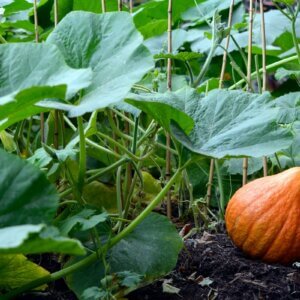
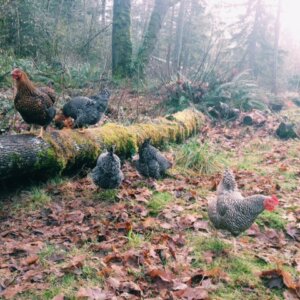

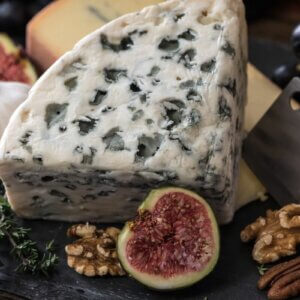


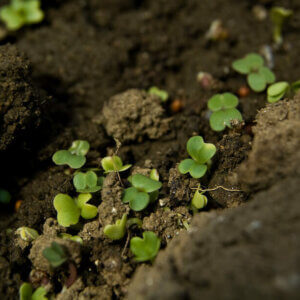
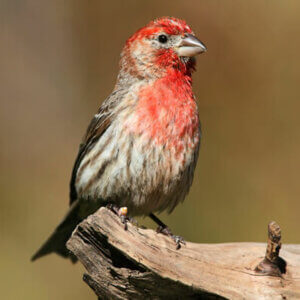


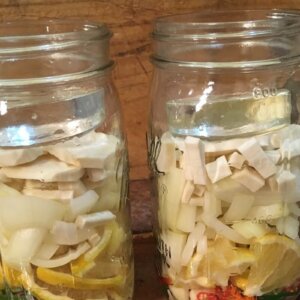
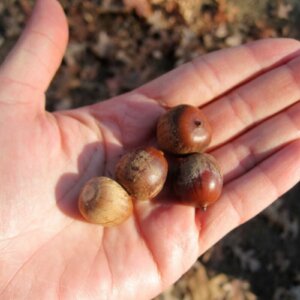
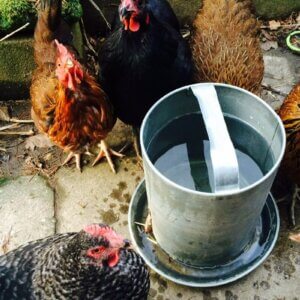


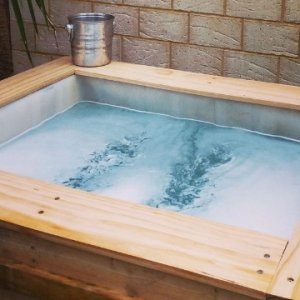
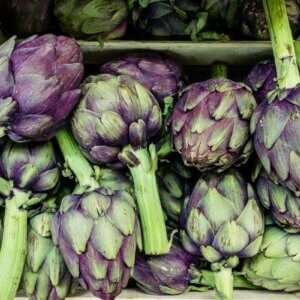








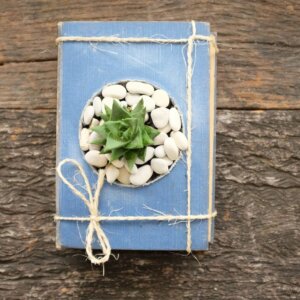
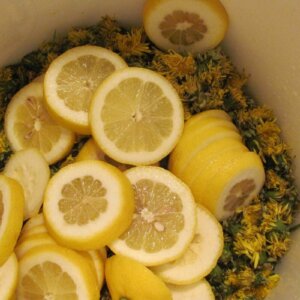
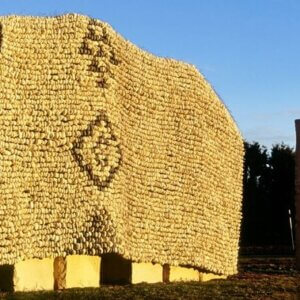


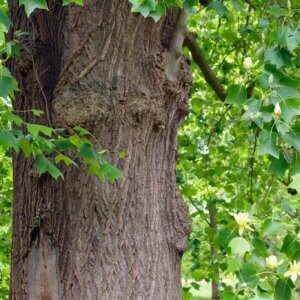

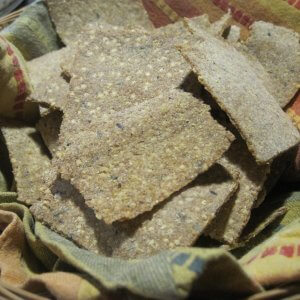
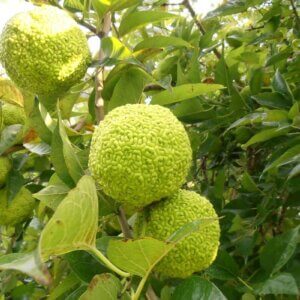
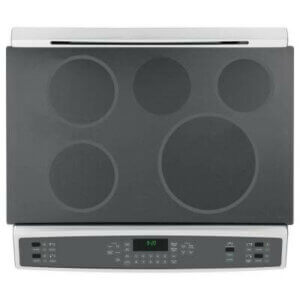



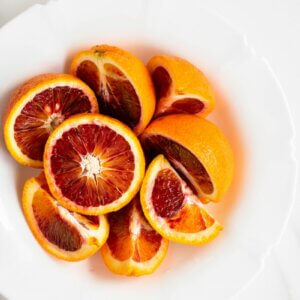
Leave a Reply